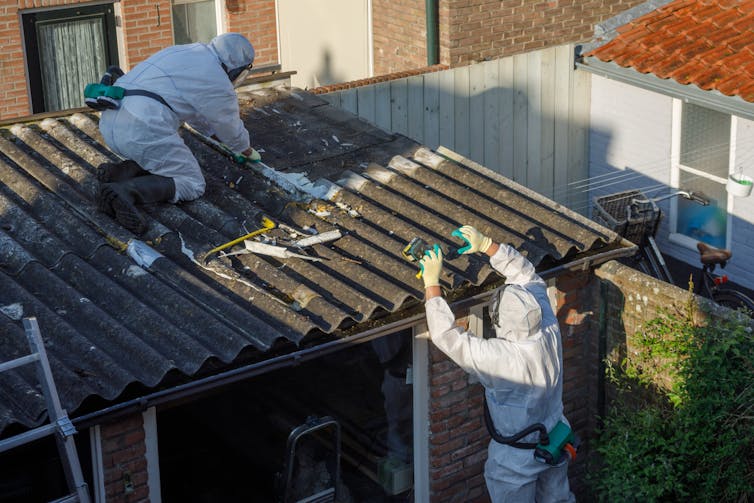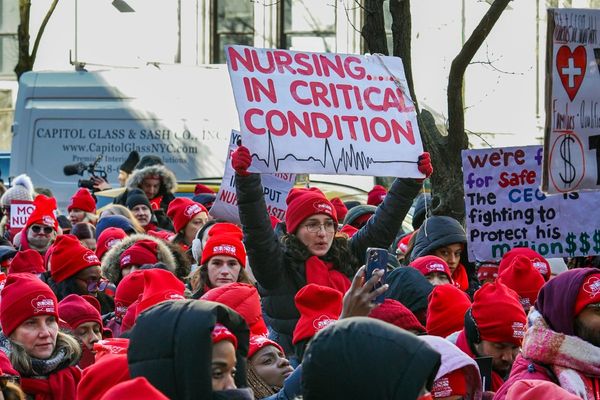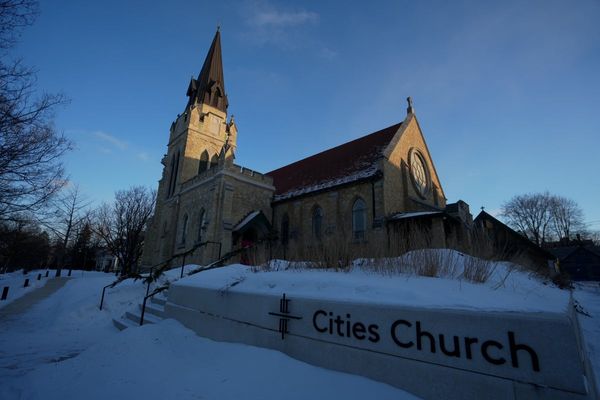The decision to close some schools and erect emergency structural supports in others just days before the start of a new term appeared to come about suddenly. The announcement followed three recent failures of reinforced autoclaved aerated concrete (Raac), in particular the collapse of a beam in late August at a primary school in Leicester.
The schools minister, Nick Gibbs, said: “Raac that had been considered to be a low risk actually turned out to be unsafe.”
This “low risk” status meant that, if these sudden failures had not happened, no immediate remedial action would have been required in the affected schools. These buildings were effectively classified as “safe enough” – until it became clear that Raac even considered “low risk” by officials could collapse at any moment.
Clearly, what is considered safe can change quickly, when there is new evidence (or new interpretations of evidence).
This situation shows that claims about building safety that rely on managing and mitigating known risks – without fixing or removing them – are inadequate for the people who use those buildings. Buildings classified by technicians or officials as “safe enough” are unlikely to be accepted as such by school workers, children and their families.
Asbestos and school safety
The UK saw a similar situation in the 1980s. Concerns then were not about crumbling concrete, but another major danger in thousands of schools: asbestos.
For local authorities and officials, as long as it was monitored and managed, the presence of asbestos was not considered a cause for concern. For parents, teachers and children, this wasn’t good enough assurance.
Working with charities and campaigners, parents and teachers launched protests to challenge official declarations of the risks of asbestos in schools, and ensure their voices were heard in debates about what was considered safe.
Children and parents picketed schools, and parents and teachers organised into asbestos action groups. Some parents withheld their children from school, and in at least one case in the 1990s, as I found in archival research, were faced with legal action by the council.
One of the schools subject to these protests was a primary school in the London borough of Enfield. In response to parents’ campaigning and a report by leading anti-asbestos campaigner Nancy Tait, the council took air samples to detect asbestos fibres within the school.
The data appeared to show that fibre levels were within the limits recommended by the health and safety executive at the time. But Tait challenged the assertion that this meant the school was safe.
She highlighted that these “official” limits were based on scientific reports that focused on asbestos factories, not schools or other public buildings where conditions were quite different. They also ignored the growing international consensus that there was no safe level of exposure to asbestos.
Reports, like the one cited by Enfield Borough Council, used statistical estimates of the likelihood of someone working in a factory for years or decades being diagnosed with an asbestos-related disease. The key assumption was that a certain amount of death and disease in such an industry was, essentially, inevitable. But when this was applied to schools or other non-industrial settings, that argument was far from convincing.
Raac and risk
As recently as 2022, the government has rejected recommendations by a parliamentary committee to commit to a 40-year deadline to remove all asbestos in schools. Central to this reasoning is the idea that there is an “acceptable” level of risk for asbestos exposure in schools. The government said that it “currently has a mature and comprehensive plan to managing legacy asbestos risks”.
The danger of the approach of managing – but not removing – risks can be seen in the rapidly spiralling Raac crisis. Like asbestos, a known problem with potentially devastating consequences was considered to be manageable until it was suddenly proven not to be.

Nancy Tait’s report on the Enfield school included a wealth of evidence, including detailed summaries and reviews of technical literature on asbestos products. It also gave a voice to those directly affected, through the names and stories of 16 people who had died from mesothelioma after brief exposures to asbestos.
Putting names to the numbers is an important way to challenge ideas about managing acceptable risk. Campaigners like Tait, who were often affected by asbestos-related disease themselves (her husband died of mesothelioma), were instrumental in shifting public perceptions of asbestos and the eventual banning of asbestos in the UK in 1999.
The current Raac crisis presents the government with an opportunity to re-evaluate its approach to safety in schools and other public buildings. In addition to technical studies, new understandings of safety should be developed by engaging with affected communities – in this case, the thousands of families whose children are now displaced from their school buildings at short notice.
The Raac scandal lays bare the fallibility of expert evaluations, at significant risk to the public. What is considered safe one day can be considered critically dangerous the next. Continuing to rely on the management of risk only will not result in a safe environment in schools.
Adam Page does not work for, consult, own shares in or receive funding from any company or organization that would benefit from this article, and has disclosed no relevant affiliations beyond their academic appointment.
This article was originally published on The Conversation. Read the original article.







